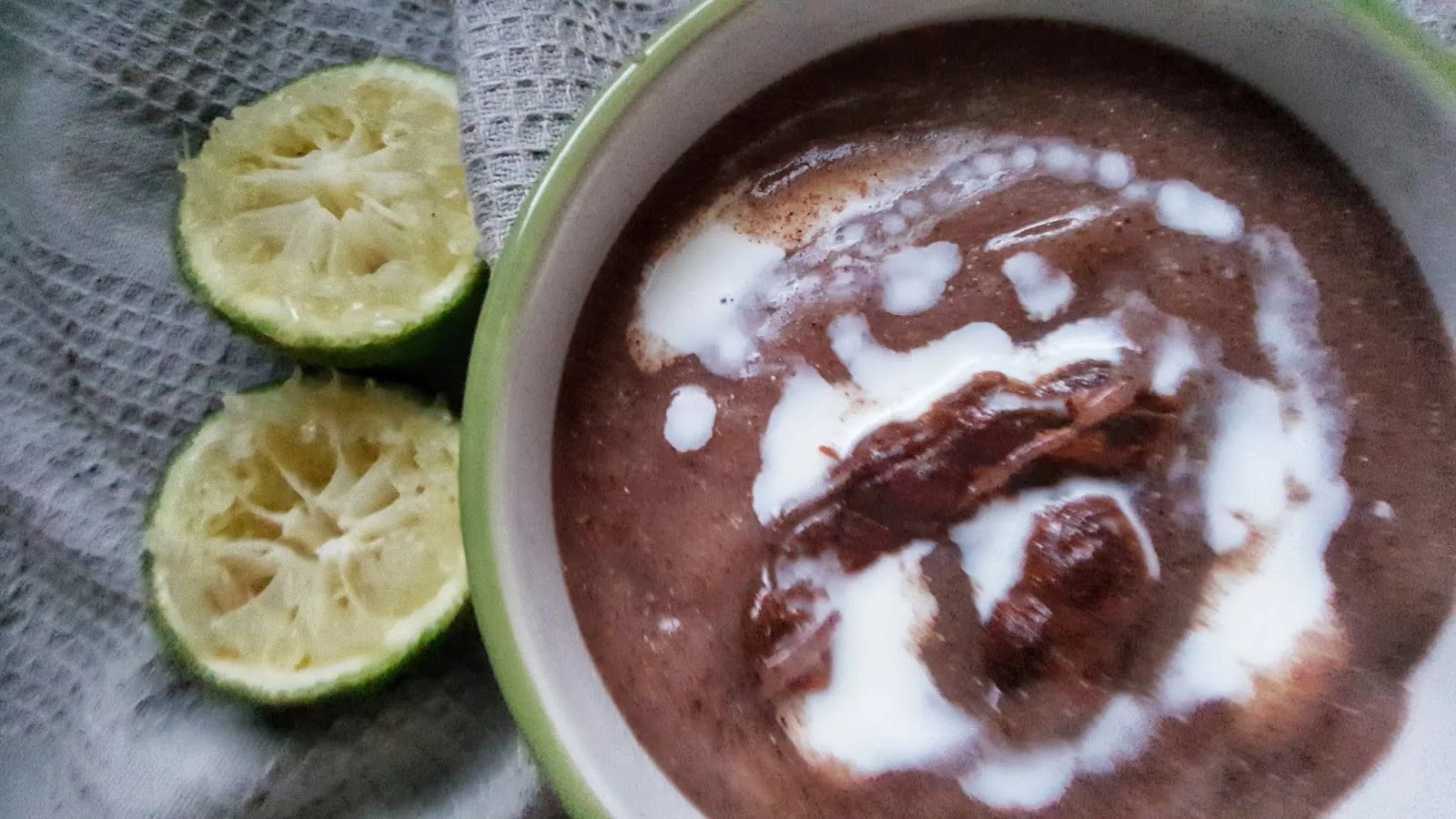UJI YA UKWAJU NA NDIMU (TAMARIND & LEMON PORRIDGE)

Prep time: 5 Minutes
Cook time: 30 Minutes
Total time: 35 Minutes
Yield: 2 Cups
Ingredients
- 1 Cup Wimbi Flour (Soghurm Flour)
- 2 Cups Water
- 1/4 Cup Ukwaju Juice
- 2 Teaspoons Sugar
- 1 Tablespoon Lemon Juice
Cooking Directions
- Add flour in bowl and enough water to cover it. Mix with water to form thin paste. Heat water until it boils completely
- Add the flour water paste mixture and immediately start stirring vigorously to make sure there are no lumps in the mixture. Keep stirring the uji as you add water little by little, still stirring. Stir until the uji (porridge) starts to bubble.
- Add the ukwaju juice, lemon juice and sugar. Let bubble 5 minutes so the uji thickens. Serve immediately
Tamarind & Lemon Porridge
A beloved East African sour-sweet porridge, this uji blends tamarind pulp, fresh lemon juice, and sometimes millet or sorghum flour, creating a refreshing, tangy porridge rich in gut-friendly benefits and perfect for both breakfast or as a cooling afternoon drink.
FAQs - Uji Ya Ukwaju na Ndimu
What is Uji ya Ukwaju na Ndimu?
Uji ya Ukwaju na Ndimu is a traditional porridge made using tamarind (ukwaju) and lemon juice (ndimu), known for its sharp tangy flavor. It's sometimes made with a fermented or cooked grain base (like millet or sorghum), and served hot or chilled.
What are the health benefits of tamarind and lemon in this porridge?
Tamarind is rich in antioxidants, vitamin C, and potassium, while lemon provides extra vitamin C and aids digestion. Combined, they help boost immunity, detox the system, and can help relieve nausea or bloating.
Is this porridge suitable for babies or children?
Yes, but in moderation. Because tamarind is acidic, it’s best served diluted and lightly sweetened. Avoid serving it to babies under 1 year, especially if the porridge is fermented or if honey is added.
Can I sweeten Uji ya Ukwaju na Ndimu?
Yes! It’s often sweetened with sugar, honey, or jaggery (sukari nguru). You can also use dates or banana puree for natural sweetness.
Can I use other flours?
Absolutely. While millet and sorghum are traditional, you can also use maize flour, cassava flour, or even arrowroot flour depending on dietary preferences or availability.
Printable Nutrition Card (Per 1 cup serving)
| Nutrient | Amount | Notes |
|---|---|---|
| Calories | ~110–140 kcal | Depends on flour used and sweeteners added |
| Carbohydrates | ~28 g | From grain and tamarind pulp |
| Protein | ~2–3 g | Slightly higher if millet/sorghum is used |
| Total Fat | ~0.5–1 g | Naturally low in fat |
| – Saturated Fat | ~0 g | |
| Fiber | ~2 g | Tamarind is fiber-rich |
| Sugar (natural) | ~10–15 g | Includes added and fruit sugars if sweetened |
| Sodium | ~3–5 mg | Very low in sodium unless salt is added |
| Vitamin C | ~25–30% RDA | High from lemon and tamarind |
| Potassium | ~8–10% RDA | Tamarind is a good source |
Notes:
- Add ginger for extra warmth and digestion support.
- Great rehydration option when served chilled.
- Adding a pinch of salt balances the sour and sweet beautifully.
Dietary Information
| Diet Type | Status | Notes |
|---|---|---|
| Gluten-Free | ✅ Yes | Use gluten-free flours like millet, cassava, or sorghum |
| Vegan | ✅ Yes | Naturally vegan |
| Dairy-Free | ✅ Yes | No dairy used unless added |
| Nut-Free | ✅ Yes | Safe for those with nut allergies |
| Diabetic-Friendly | ⚠️ Optional | Reduce added sugars; tamarind is still moderately high in carbs |
| Baby-Friendly | ⚠️ 6 months+ | Use less tamarind and lemon; serve mild and smooth |
| Low-Fat | ✅ Yes | Naturally low-fat beverage |



Post a Comment